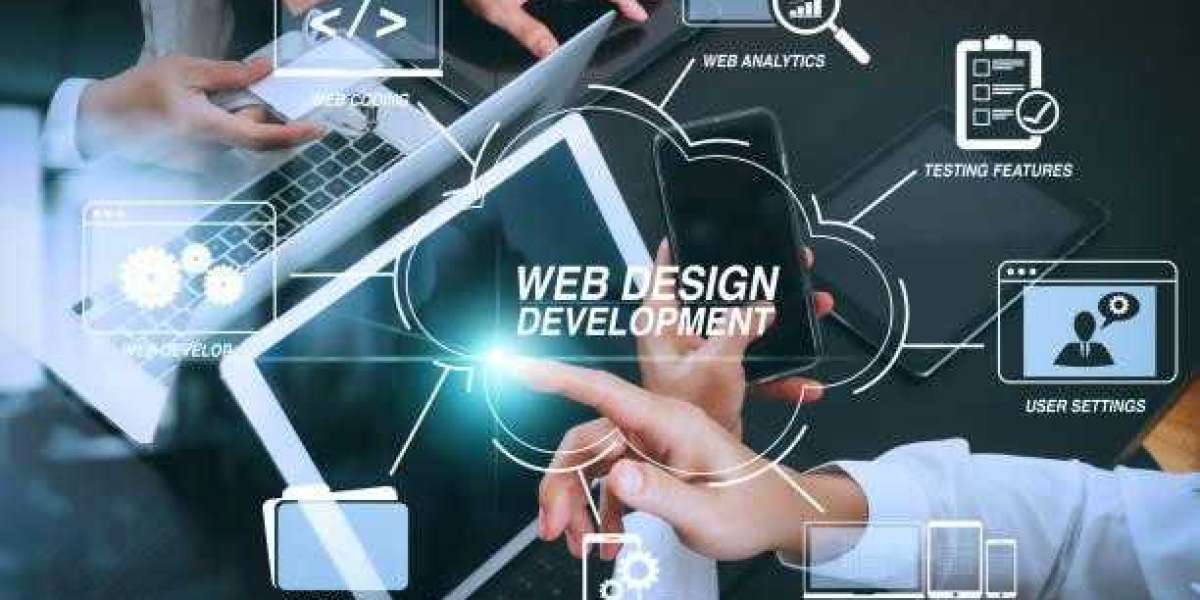In the competitive world of real estate, standing out is crucial. Virtual staging, enhanced by 3D floor plans, has emerged as a transformative tool that elevates property marketing strategies. By combining these technologies, real estate professionals can offer a compelling and immersive experience that resonates with potential buyers.
What is Virtual Staging?
Virtual staging involves the use of digital technology to furnish and decorate empty or under-furnished properties. Instead of relying on physical furniture and décor, virtual staging uses graphic design software to create realistic images of a home’s interior. This method is particularly effective for showcasing properties that are vacant or in the process of being built. It helps buyers visualize the potential of a space, making it easier for them to imagine themselves living in the home.
The Role of 3D Floor Plans in Virtual Staging
3D floor plans play a crucial role in virtual staging by providing a detailed, three-dimensional view of a property's layout. Unlike traditional 2D floor plans, 3D floor plans offer a more realistic perspective, allowing buyers to see the spatial relationships between different rooms and furniture arrangements. This comprehensive view enhances the overall virtual staging experience, giving buyers a clearer understanding of the property’s flow and functionality.
When combined with virtual staging, 3D floor plans help create a cohesive and immersive representation of a property. They allow real estate professionals to highlight various design possibilities and furniture placements, demonstrating how different layouts can fit into the space. This added layer of detail helps buyers visualize the potential of the property in a more engaging and interactive way.
Benefits of Combining Virtual Staging and 3D Floor Plans
1. Enhanced Visualization
The combination of virtual staging and 3D floor plans offers an enhanced visualization experience. Buyers can explore a property in three dimensions, seeing how furniture and décor fit into the space. This realistic representation helps them better understand the size and layout of each room, making it easier to envision living in the home.
2. Increased Buyer Engagement
Virtual staging and 3D floor plans create a more engaging experience for potential buyers. High-quality digital renderings capture their attention and spark their imagination. By presenting properties in a visually appealing and interactive format, real estate professionals can increase interest and generate more serious inquiries.
3. Cost-Effectiveness
Using virtual staging and 3D floor plans is a cost-effective alternative to traditional staging methods. Physical staging involves renting furniture, décor, and hiring professionals, which can be expensive. In contrast, virtual staging and 3D floor plans require only digital resources and expertise, making them a more affordable option for showcasing properties.
4. Flexibility and Customization
Virtual staging and 3D floor plans offer unparalleled flexibility and customization. Real estate agents can easily update the digital staging to reflect different design styles, furniture arrangements, and color schemes. This flexibility allows them to tailor the presentation to various target audiences and highlight the property’s best features.
5. Faster Turnaround
The digital nature of virtual staging and 3D floor plans allows for a quicker turnaround compared to traditional staging. Once the initial measurements and photos are taken, the digital staging and floor plans can be created and updated relatively quickly. This speed enables real estate professionals to market properties more efficiently and keep up with the fast-paced real estate market.
Future Trends
As technology continues to advance, the integration of virtual staging and 3D floor plans is expected to become even more sophisticated. Innovations such as virtual reality (VR) and augmented reality (AR) will further enhance the immersive experience, providing potential buyers with even more interactive and engaging property tours.
In conclusion, virtual staging and 3D floor plans are revolutionizing real estate marketing by offering a cost-effective, flexible, and highly engaging way to present properties. By leveraging these technologies, real estate professionals can provide a superior experience that attracts and retains potential buyers, ultimately leading to faster sales and higher property values.








